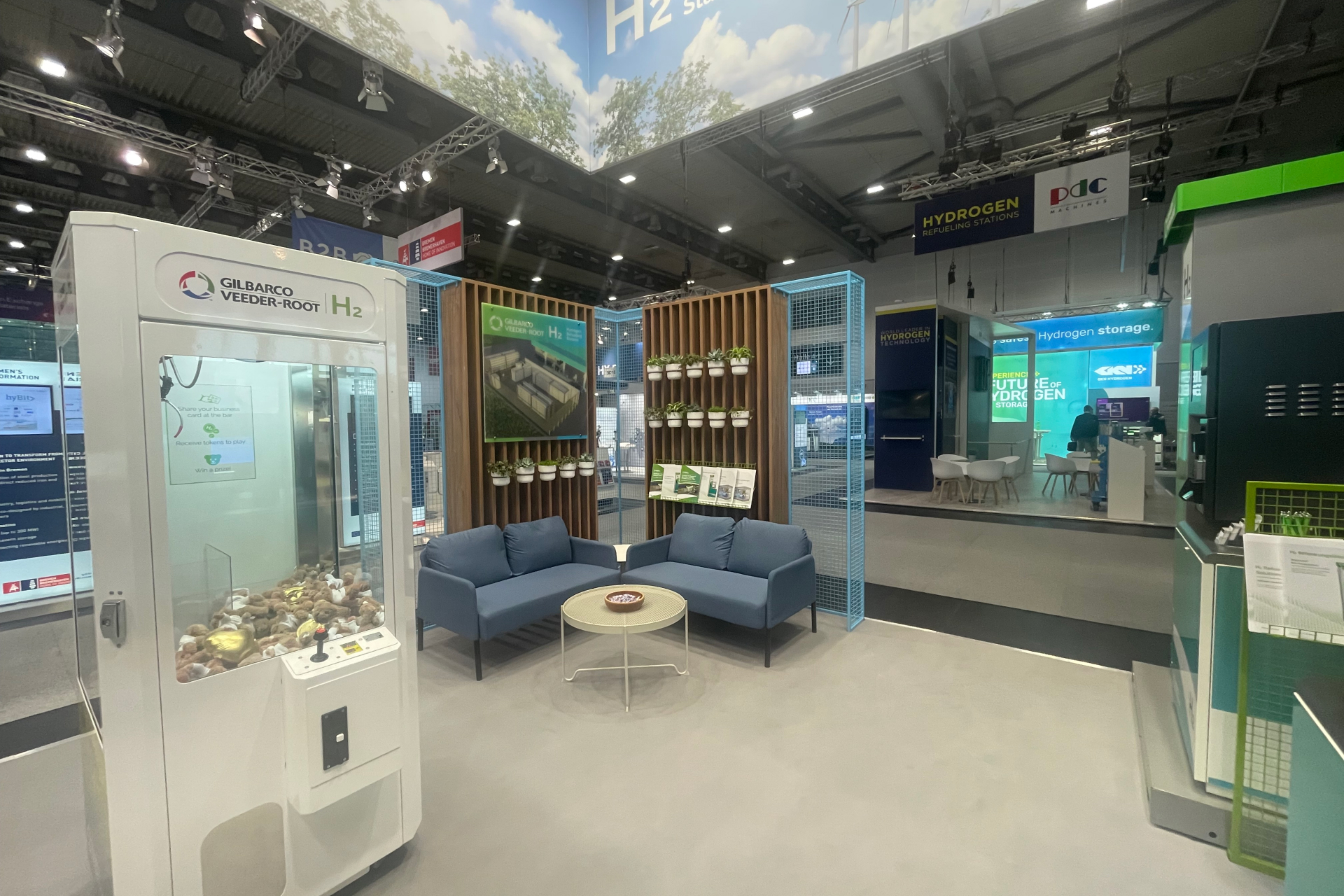Interactive Engagement: Creating Memorable Experiences at Exhibition
In a world where digital and physical realms intertwine more seamlessly than ever, businesses are constantly looking for innovative ways to captivate audiences. Exhibitions and trade shows offer a unique opportunity to connect with potential clients and partners face-to-face, but standing out in a sea of competitors can be a daunting challenge. The key to unlocking memorable experiences and making an impactful first impression lies in interactive engagement through exhibition stands and beyond them.

understanding interactive elements
Interactive engagement refers to the dynamic interaction between exhibitors and attendees, facilitated by innovative stand designs, technology, and storytelling. Unlike traditional static displays, interactive engagement invites participation, fosters connections, and creates memorable experiences that enhance brand perception and loyalty.
Interactive engagement means initiating a dialogue with your audience through a dynamic, two-way interactive experience. This contrasts traditional methods, which often involve a one-way dissemination of information. In the context of exhibitions, engagement is the bridge between intrigue and investment, a way to make your brand not just seen but experienced.
To achieve this ambitious goal, interactive engagement relies on a plethora of strategies designed to envelope prospects in an unforgettable encounter with your brand. Our focus here will be on state-of-the-art technologies, gamification, storytelling, and creating a seamless journey for brand consistency across various shows and platforms.
the power of first impression
First impressions are crucial. They can dictate the tone of a customer's relationship with a brand. Exhibition stands are not just physical structures; they are a canvas for your brand’s story, values, and personality. Innovative designs that incorporate interactive elements can stop attendees dead in their tracks, encouraging them to stop, engage, and remember your brand long after the event is over.
For example, an automobile company could use holographic displays to showcase the inner workings of their latest engine, while a software firm could employ touchscreens for visitors to navigate through their software suite in real time.

strategies for interactive engagement: exhibition ideas
Creating an engaging and memorable exhibition stand requires a strategic blend of creativity, technology, and narrative. Here are several strategies that can enhance interactive engagement:
- Integration of Technology:
Modern interactive exhibition stands are technological marvels. Integrating AR can turn a simple product demonstration into an immersive journey through the product's life cycle or its impact on a consumer's daily routine. VR can transport attendees to virtual environments where they can experience a service in action, irrespective of the physical limitations of the venue.
Interactive screens can provide a canvas for storytelling or on-demand demonstrations, responding to the touch, gestures, or even the gaze of the attendee. The incorporation of social media walls in events, where live feeds of tweets, posts, or images are displayed, brings a dynamic digital edge to physical engagement.
- Engaging Through Gamification:
Introducing elements of gamification can significantly increase engagement. Custom games that align with the brand's identity not only entertain but also educate attendees about the brand or product.
Gamification cements interactions in the bedrock of fun and competition. Crafting a game around your brand narrative not only entertains but cements product knowledge in the minds of participants. In implementing this strategy, simplicity is key; the game should be easy to join but compelling enough to stick.
Leader boards, VR challenge games, or even simple spin-to-win interactives offer immediate gratification and can lead to extended conversations. By leaving with a branded prize, visitors carry a tangible reminder of the experience and, by extension, your brand.
- Creating a Narrative:
An exhibition stand tells a story. By designing your stand and interactions around a compelling narrative, you make your brand more relatable and memorable. Successful brand stories often leverage emotions, challenges, and triumphs to connect with audiences on a deeper level.
Narratives are the threads that weave through the subconscious, creating a tapestry of connection between brand and consumer. A well-told story can colour the perception of a brand, endow it with character, and turn products into protagonists.
For example, an eco-friendly brand could conceptualize their stand as a journey through deforested landscapes into a green future, powered by their products. Artifacts, interactive displays, and ambience can all serve narrative purposes, creating a palpable story environment that leaves an indelible imprint.
- Consistency Across Shows:
Maintaining a consistent brand image across multiple shows reinforces brand recall. It involves thoughtful stand design that reflects the brand's ethos and employs consistent messaging, visuals, and interactive elements tailored to various audiences.
Each show may have its unique twist, but the core message, visual identity, and interactive experiences should have a consistent quality and character. Cohesion is key across digital platforms as well, ensuring that pre-show hype transitions smoothly into physical interactions and post-show engagements.
Maximizing Pre-Exhibition Promotion
The symphony of engagement begins before the curtain rises. Pre-exhibition promotion is pivotal, building anticipation like a prelude to a concerto. Leveraging social media in events to tease interactive elements, revealing snippets of stand design or gamification sneak-peeks can incite curiosity and drive foot traffic.
The art of creating buzz also involves crafting interactive invites, perhaps even offering a digital puzzle that, once solved, reveals a hidden aspect of the exhibition stand or an exclusive offer.
Post-Show Engagement
The end of the show is just the beginning of the customer engagement journey. Effective follow-up strategies, such as personalized emails or social media interactions after events, can keep the conversation going. Additionally, analysing data collected during the event can offer invaluable insights for refining future exhibition strategies.
As dusk falls on the exhibition hall, the emphasis shifts to nurturing the seeds sown. Post-show engagement is an art in and of itself, requiring a blend of gratitude, personalization, and relevance.
Follow-up emails can incorporate interactive elements like feedback surveys or links to virtual stand tours for a renewed experience. Mining data collected through interactive engagements at the stand can refine targeting and personalization efforts for future interactions, ensuring a perpetual cycle of improvement and intrigue.
Conclusion
In the ever-evolving landscape of exhibitions, interactive engagement through thoughtfully designed stands is the cornerstone of creating memorable experiences. By embracing technology, gamification, narrative, and consistency, brands can captivate audiences like never before. The journey to exceptional exhibition success is an ongoing process of innovation and experimentation. Embracing these principles will not only set your brand apart but also forge lasting connections with your audience, making every event a landmark occasion.
Interactive engagement in exhibition stands is more than a trend; it's a transformative approach to marketing that aligns with the digital era's demands. As businesses continue to navigate the complexities of customer interaction, those who innovate and adapt will remain at the forefront, turning every exhibition opportunity into a memorable encounter.
In the end, creating memorable experiences is not solely about the spectacle; it's about fostering genuine connections that resonate with audiences long after the event has concluded, driving brand loyalty and success in the competitive landscape of international exhibitions.

Comments